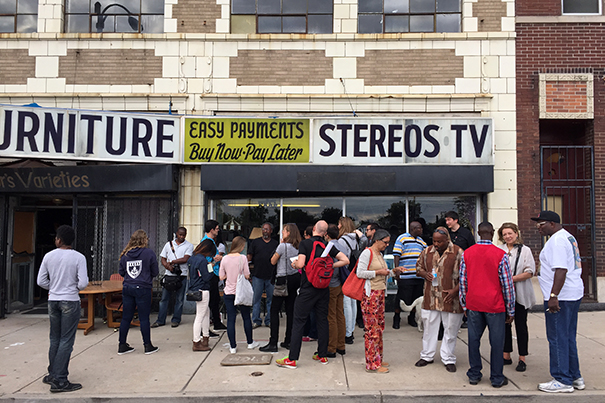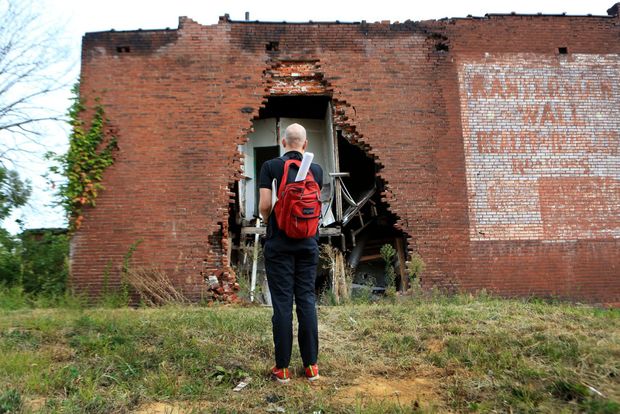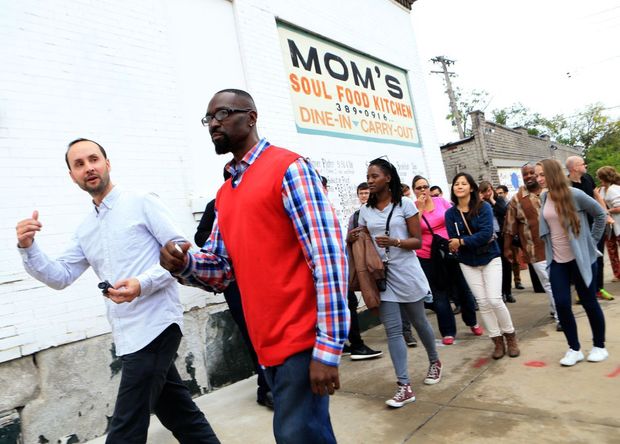Returning to Martin Luther King Jr.’s legacy
Reacting to a St. Louis nonprofit group dedicated to improving the quality of life on the nearly 900 streets across the nation named for King, D’Oca began teaching a new studio course this semester that asks students to use urban planning and design, architecture and landscape architecture to help local residents begin to remake their neighborhoods.
“St. Louis has an interesting and very terrible history because it’s a place that has either invented or perfected a lot of racist, exclusionary tools. It’s been really creative in how it’s kept white and black populations apart,” said D’Oca.
He attributes some of the decline along MLK streets to planning and development tactics such as racially driven zoning, urban renewal, disinvestment in high-poverty areas, federal mortgage insurance practices that rewarded “white flight” to the suburbs, and “red-lining” by banks that frequently denied residents and businesses in predominantly African-American neighborhoods mortgages and loans.
To get a better sense of local conditions, the GSD class focused on Martin Luther King Drive in St. Louis and Martin Luther King Avenue in Washington, D.C. Earlier this month, the class walked the streets in both cities, meeting with residents, business owners, community development and housing groups, local aldermen, and city and police officials to understand better how these areas have evolved, what the barriers are to improvements, how residents perceive their neighborhoods, and what they would like to see happen.
“I want[ed] to get the students to talk to as many people as possible, both so that they understand what people’s hopes and fears are for these two corridors but also for them to understand the political climate,” said D’Oca.
The GSD group met a woman who ran a tailoring business in St. Louis, but because the buildings on either side of her shop were abandoned and had fallen into neglect, she could not get insurance. “That’s not her fault, and she’s paying the price,” said D’Oca.
The trip was everything from exciting and fun to sad and confounding for those involved.
“It was an incredibly powerful experience, one that I most likely would never have had without this studio,” Jeffrey Knapke, who’s pursuing a master of architecture degree in urban design, wrote in an email. “I’ll admit that I probably would not have ventured into these rough areas on my own prior to this trip, perhaps out of fear. What became clear almost instantly is that the people there really love their neighborhoods and desperately want to see them bounce back.”




